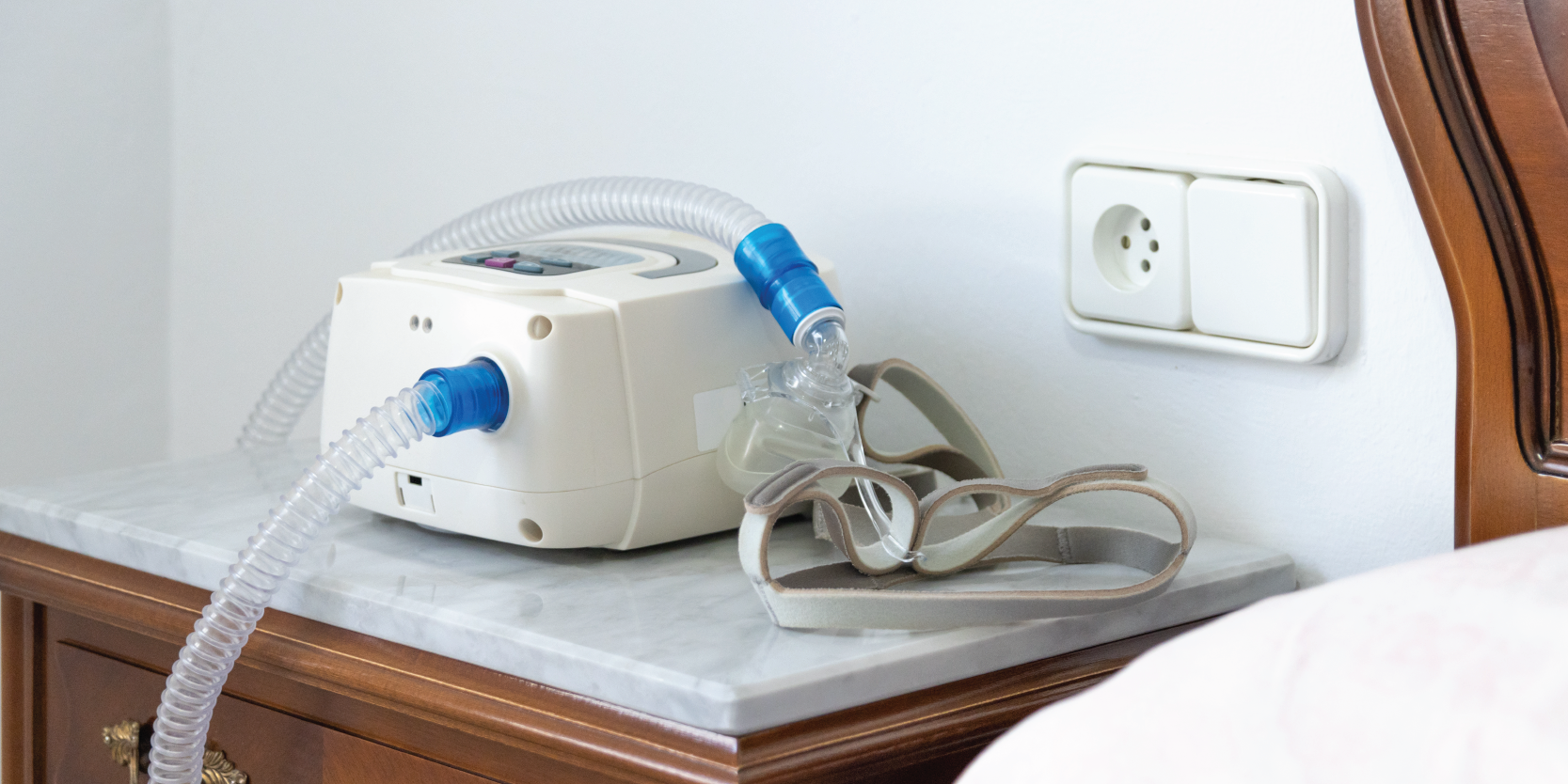
In-home ventilators offer numerous benefits, making them a valuable resource for various reasons. They greatly enhance the quality of life for patients, reduce healthcare expenses, and provide increased comfort. Nonetheless, it is crucial to emphasize that the safe and effective use of home ventilators requires adequate training and support. For secure ventilator usage, it is essential to be aware of common complications associated with these devices. By addressing these concerns, we can maintain the safety and efficiency of home ventilators.
Ventilator Malfunctions
In-home ventilators are continuously improving, but they can sometimes have problems like any technology. These problems can occur for different reasons, but the best way to deal with them is to get your ventilator regularly checked and serviced to prevent issues. Having an emergency contact to report any problems is also a good idea. Look at our website to explore the mobile ventilators available at Life Tech.
Power Failure
Certain risks like power cuts are beyond our control, and it's important to recognize that no power can be a serious issue for in-home ventilation systems. To be adequately prepared for such situations, ensure that your ventilator is equipped with an internal or external battery backup. Additionally, having an ambu bag with a patient connector is crucial. A power alarm's also recommended to be integrated into your ventilator system to keep you alert and informed during power outages. Lastly, it’s recommended to have the name and number for the patient’s power company readily available for updates, and always have plan on where to go for extended power outages. By taking these precautions, you can enhance your readiness and ensure the safety of the patient during unexpected power disruptions.
Disconnection
Accidents can occur, and ventilators may accidentally become disconnected. In such instances, it is important that the machine promptly alerts you with low-pressure and low-minute volume alarms. Ensure that the ventilator and its circuitry connections are securely attached to prevent accidental disconnections. Additionally, it is advisable to support the ventilator properly, preventing it from dragging on the tracheostomy or mask. By taking these precautions, you can minimize the risk of accidental disconnections and maintain the integrity of the ventilation system.
Mask Fit
At times, the mask used for ventilation may not fit properly, causing discomfort for the patient. It can either be too tight, exerting excessive pressure, or not providing an adequate seal. Pay close attention to how the mask fits the patient and make necessary adjustments to ensure comfort. Using a skin-protective dressing can help alleviate any potential skin irritation caused by the mask. By ensuring a proper and comfortable fit, you can enhance the patient's experience and optimize the effectiveness of the ventilation therapy.
Issues with the Tracheostomy
Various issues related to the tracheostomy can arise, including blockage, accidental removal, or difficulty replacing it after a change. If a blockage occurs, it is important to have trained caregivers who can handle tracheostomy changes. Ensure that you have efficient suction available, either through battery-powered or manually operated devices. A high-pressure alarm system should also be in place to alert you of any potential obstructions. If the tracheostomy falls out or cannot be replaced, it is advisable to have a smaller-sized tube as a backup, along with trained caregivers who can perform the necessary tube change. Improving the fixation of the tube is crucial, and it is recommended to have an ambu bag readily accessible.
Medical Problems
If the patient begins to experience medical problems unrelated to the use (not cause) of the ventilator, it is crucial to seek immediate assistance from a trained caregiver. They possess the necessary skills in basic life support and can help facilitate prompt access to hospital care if required. Additionally, it is essential to keep a mobile battery-powered device readily available in an emergency. This ensures an uninterrupted power supply for the ventilator and helps maintain the patient's stability until further medical intervention is obtained.
Awareness of these potential risks and understanding how to respond correctly is crucial for ensuring patient safety and the effectiveness of ventilators. At LifeTech, we are dedicated to providing our patients with top-quality respiratory care and equipment. Explore our offerings today and discover how we can support you and your loved ones.
August 25, 2023 by Life Tech
In-home ventilators offer numerous benefits, making them a valuable resource for various reasons. They greatly enhance the quality of life for patients, reduce healthcare expenses, and provide increased comfort. Nonetheless, it is crucial to emphasize that...